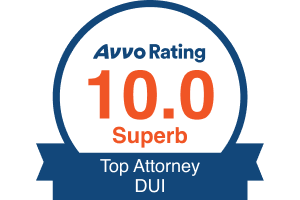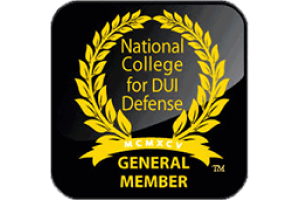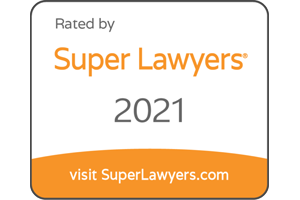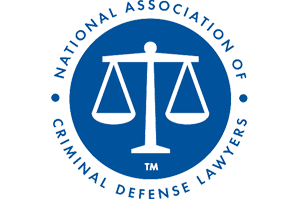Reckless Driving for Failure to Yield to Emergency Vehicles (Virginia Move Over Law)
Charged with failing to move over for a stopped police or emergency vehicle in Virginia? This scenario might seem minor, but in Virginia, it’s classified as reckless driving—a criminal misdemeanor. Understanding Virginia’s Move Over law (Va. Code § 46.2-861.1) and having the right legal support is essential.
What Is Virginia’s Move Over Law?
Virginia’s Move Over law requires drivers approaching stationary vehicles displaying flashing emergency lights to safely change lanes away from the vehicle. If lane change isn’t possible, drivers must slow down significantly. This law applies to emergency vehicles (police, fire trucks, ambulances), tow trucks, utility vehicles, and highway maintenance vehicles.
Why Is Enforcement Increasing?
The Move Over law aims to protect first responders and roadside workers. Many drivers are unaware of this law, prompting Virginia State Police and local officers to step up enforcement significantly.
Serious Penalties for Reckless Driving (Move Over Violation)
- Class 1 Misdemeanor Criminal Record
- Up to 12 Months Jail Time
- Up to $2,500 Fine
- License Suspension (up to 2 years in severe cases)
- 6 DMV Demerit Points
Beyond these penalties, reckless driving convictions impact insurance rates, employment, security clearances, and professional licenses.
How NOVADefenders Can Help
Our experienced traffic attorneys offer compassionate guidance and robust defense strategies tailored specifically to your situation. We thoroughly investigate each case to challenge the charges, negotiate lesser penalties like “Improper Driving,” or pursue outright dismissal. NOVADefenders proactively works to mitigate penalties, leveraging local court knowledge in Fairfax, Prince William, Arlington, and Alexandria.
Local Experience Matters
With extensive experience in Northern Virginia courts, we understand the unique aspects of handling reckless driving charges locally. We have established relationships and respect in local courts, ensuring the strongest defense for our clients.
Charged With Reckless Driving Under Virginia’s Move Over Law?
You don’t have to face this alone. At NOVADefenders, our skilled Northern Virginia traffic attorneys are ready to protect your rights and future.
Contact NOVADefenders for Your Free Consultation Today or call 703-273-6431.
Let us help you move forward with confidence—because your future deserves a strong defense.








